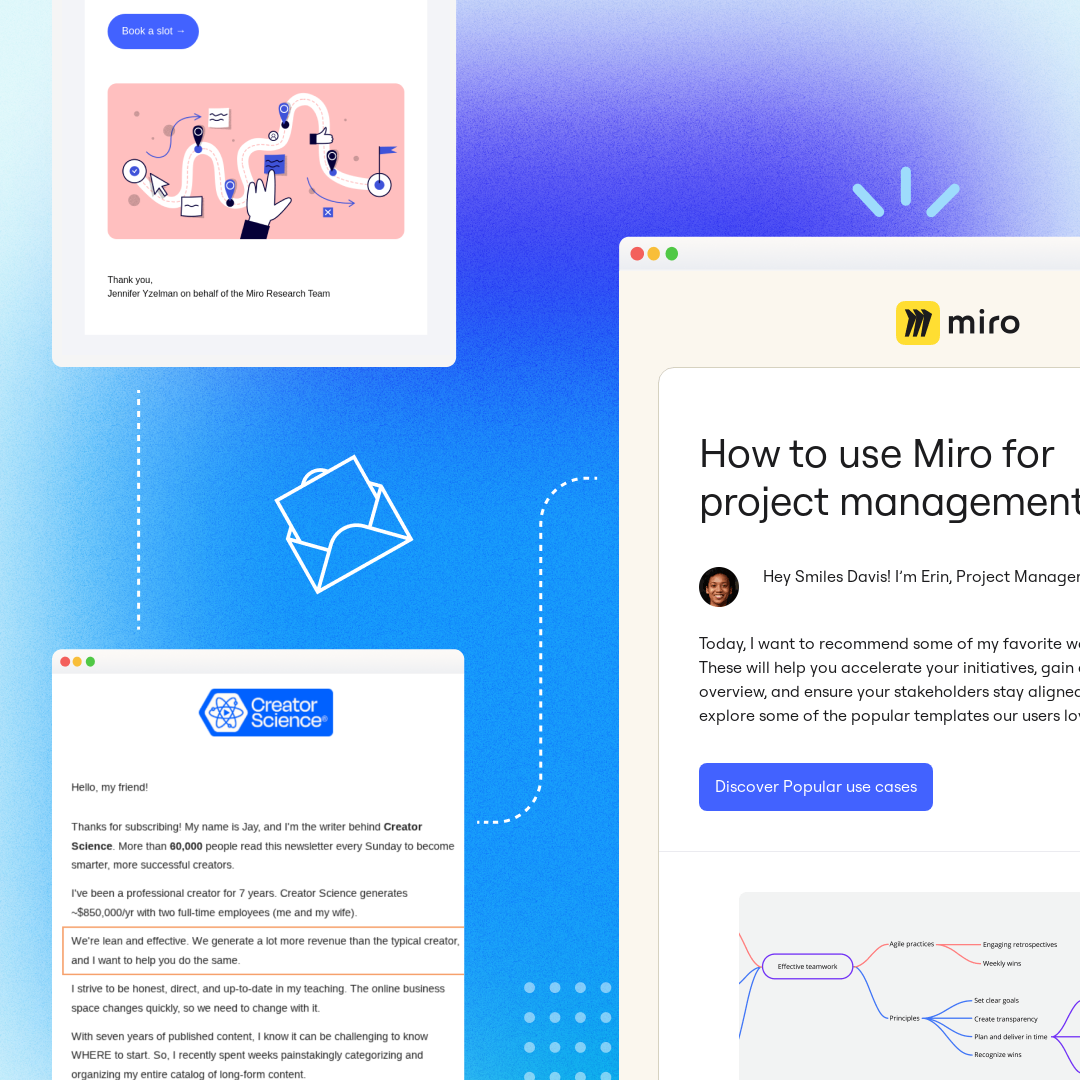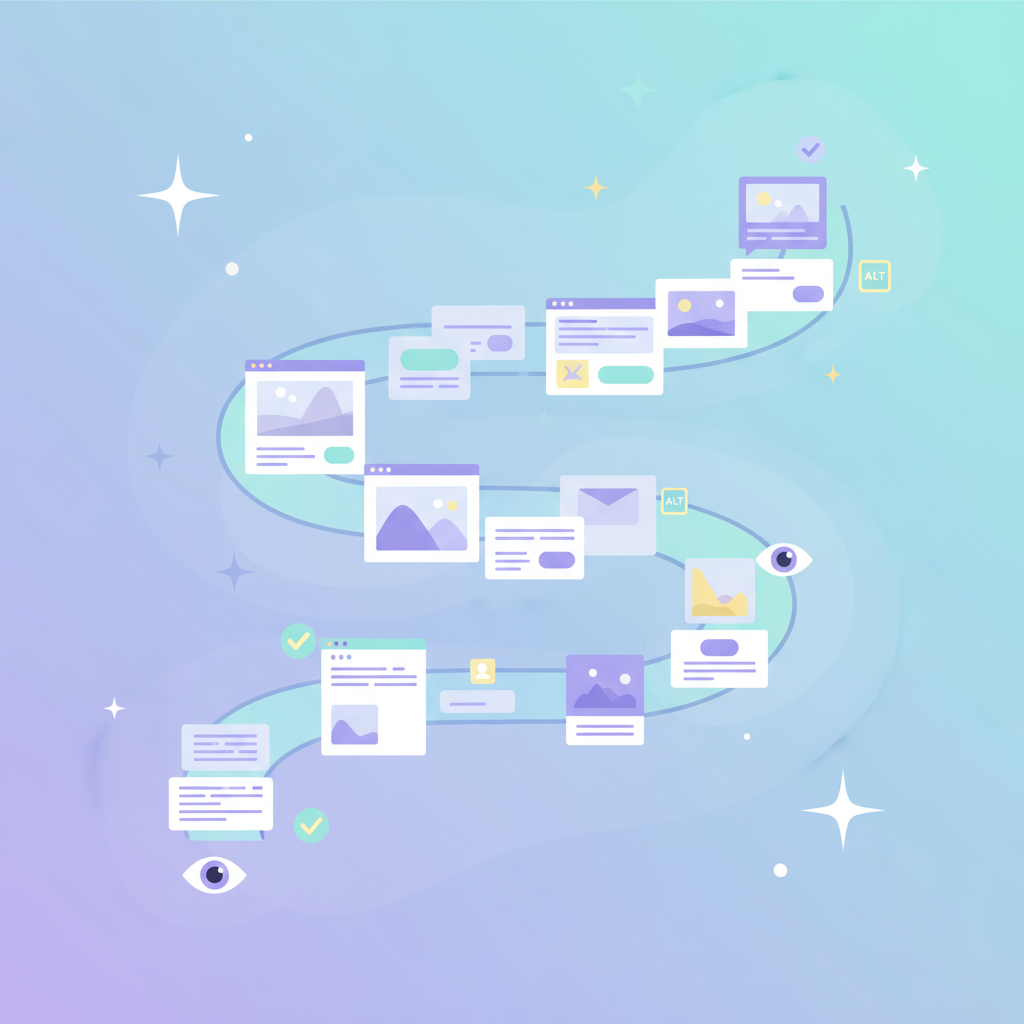
Originally published on December 21, 2020. Last updated September 10, 2021.Your email’s call to action is the driving force behind your entire campaign. You want readers to take a step forward in their buyer journey— whether you’re asking them to register for an event, make a purchase or read more of your content.Color is one of the most significant elements in making your CTA button noticeable. But which color converts best? Let’s take a closer look at how brands choose the best button colors for their emails and landing pages.
Your email's call to action is the driving force behind your entire campaign.
What is a call to action?
A call to action or CTA is a specific direction for your reader. Readers skim emails and landing pages, so having an obvious place to click gets them to the next step of their journey faster. CTA buttons are powerful marketing tools. In fact, Healthtech company Carelogger found that just changing their CTA button color increased conversions by 34%.
How color affects choices and feelings
Color impacts how we interpret information. When you’re deciding on a color scheme for your email or landing page, it’s important to consider the connotations of that color.While color interpretation is highly dependent upon personal experiences, certain generalizations can be made about the psychology of color. The Color Emotion Guide from the Logo Company is often cited as a general guide:

People also tend to judge a color based on how appropriate they feel it is for a particular brand. In other words, your customers gauge whether a color fits your brand personality. This means there’s no single “right” color to choose. It’s a matter of what color evokes the energy and personality of your brand.
Best practices for your call to action colors
In order to convert, your call to action buttons needs to stand out from the rest of your design. While there is no perfect color that will lead to higher conversion rates, running A/B tests on different colors is an easy way to optimize your designs. Here are a few approaches to try out:
Use Your Brand Color
Brands often choose CTA button colors that match their logo color to establish design cohesion in email. When a color repeats itself throughout an email, especially at the top and bottom, it gives the whole message a balanced and unified appearance. This is an easy way to reinforce and boost brand awareness.Here’s what a matching scheme looks like in action with HelloFresh. Check out the lime-colored logo and coordinating CTA button.Subject line: Get $90 off! Avoid the crowds, get dinner delivered.

It’s also easy to spot these pale pink CTA buttons that perfectly align with all of Billie’s brand colors.Subject line: Need a gift?

Keep your CTA colors consistent
Subscribers will associate specific colors with actionable items. For instance, hyperlinks are often blue, which let’s readers know they can expect a clickable link in emails when they see a word or phrase in blue. This will go for your CTA color choice as well. Once you assign a color to your call to action buttons, subscribers will quickly learn to recognize that color for your CTAs in all your emails. Don’t confuse your readers by having too many colors for your CTAs. Assign one color for your primary CTA and one color for your secondary CTAs. This consistency will keep subscribers on your same page, always guiding them towards your intentional action items.
Prioritize your main CTA
Focus on choosing the best color for your primary CTA and then begin to think about placement and text hierarchy. Your primary CTA color and placement will purposefully guide your subscribers through your emails. Allison Valenzuela, BEE Freelance Graphic Designer, explains:“With color, you can help guide an audience's eye and how they take in information. Play with color after nailing down the hierarchy of your content and see what makes the most sense for the impression that you want to leave with your audience.”Consider how to keep your primary CTA top of mind when thinking about where to place it in your email. Make its size larger than the rest of your text in a bold shade of color.
Make your CTA pop
An eye-catching call to action will lead to higher conversion rates which means using a button color that blends in with the rest of your email content isn’t your best move when trying to attract subscribers.Allison explains that you should, “Look for a color pairing that allows the button to have a high contrast to the background. An example of high contrast would be a red or an indigo button on a white background.”It’s also important to consider the “isolation effect,” which is basically the idea that something looks more or less attractive depending on what it’s surrounded by. When it comes to color, some research has shown that people have a preference for one strong, bold color that reigns above the rest of the text.Another way to make sure your CTA stands out is by using different CTA colors while sticking to your brand kit. For instance, Instacart updates its CTA button color from email to email, using one green button and one orange button shown below. Both green and orange are Instacart brand colors, but the company makes colors pop more by switching things up within their brand color palette to match the most appropriate color for each message.

Changing your CTA button color from one email to another is effective when you have a well-established style guide and visual identity. Even when you change color schemes from email to email, your emails still reflect the look of your brand.
Test your CTAs
One color is not always better than another, an effective CTA color will vary based on text-hierarchy, brand style and a variety of other key factors. So be sure to set your call to action colors after you’ve tested them multiple times on your subscribers.Implement subscriber surveys to gain feedback on your CTA color and then run A/B tests until you find what leads to the highest conversion rates. Cycle through this process until you’ve solidified what your bulletproof button color should be.
Create a CTA in BEE Pro that converts
Find the best functioning CTA color for your brand’s emails and landing pages, and then start creating in BEE Pro. With BEE, your CTA buttons will always be bulletproof, which means there is absolutely no coding required on your end. Customize your CTA buttons or explore how designers implemented CTAs in our template catalog. Give your CTAs a boost with a pop of color and start designing now.
Share this post with your friends! Pin it on Pinterest ?




